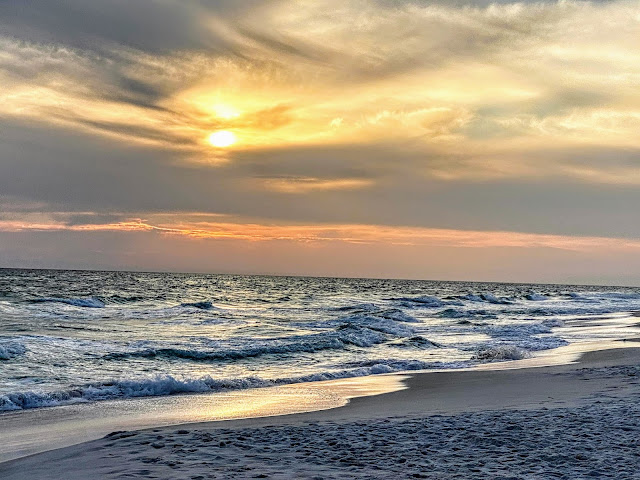On a recent trip through some of the southern states of the United States of America, we stopped off at the historic Central High School in Little Rock, Arkansas. During most of the early integration conflict in the United States, I was too young and inexperienced to appreciate what was going on. Now that I have seen a lot more history and learned a lot more about what was happening during my early years, I have a greater appreciation for the courage and sacrifices made to integrate our nation's schools. I spent many of my early years living in a totally segregated town. I did not even realize it was segregated until many years after I moved on to other places. Here is a brief summary of the importance of this Central High School from Wikipedia: Little Rock Central High School.
Built in 1927 at a cost of $1.5 million, Little Rock Senior High School was designed in the Gothic Revival style; it was hailed as the most expensive, most beautiful, and largest high school in the nation. Statues of four figures over the front entrance represent ambition, personality, opportunity, and preparation. Its opening earned national publicity, with nearly 20,000 people attending the dedication ceremony. In 1953 it was renamed as Little Rock Central High School.
At the time in Arkansas and other states across the South, public school educational facilities were legally racially segregated. In 1954 the US Supreme Court ruled in Brown v. Board of Education that such segregation in public schools was unconstitutional, and encouraged the states to integrate their schools. Related historic events in the 1950s changed education at Central High School and throughout the United States.
LRCHS was the focal point of the Little Rock Integration Crisis of 1957. Nine Black students, known as the Little Rock Nine, were denied entrance to the school in defiance of the 1954 U.S. Supreme Court ruling ordering integration of public schools. This provoked a showdown between the Governor Orval Faubus and President Dwight D. Eisenhower that gained international attention.
On the morning of September 23, 1957, the nine Black high school students faced an angry mob of over 1,000 Whites in front of Central High School who were protesting the integration project. As the students were escorted inside by the Little Rock police, violence escalated, and they were removed from the school. The next day, Eisenhower ordered the 1,200-man 327th Airborne Battle Group of the U.S. Army's 101st Airborne Division from Fort Campbell, Kentucky, to escort the nine students into the school. By the same order, he federalized the entire 10,000-man Arkansas National Guard, in order to remove them from the control of Governor Faubus. At nearby Camp Robinson, a hastily organized Task Force 153rd Infantry drew guardsmen from units all over the state. Most of the Arkansas Guard was quickly demobilized, but the ad hoc Task Force 153rd Infantry assumed control at Thanksgiving when the 327th withdrew, and patrolled inside and outside the school for the remainder of the school year. As Melba Pattillo Beals, one of the nine students, wrote in her diary, "After three full days inside Central [High School], I know that integration is a much bigger word than I thought."
I fully realize that the challenges of race relations are hardly over. During our short trip through the South, we still saw Confederate flags flying.



















